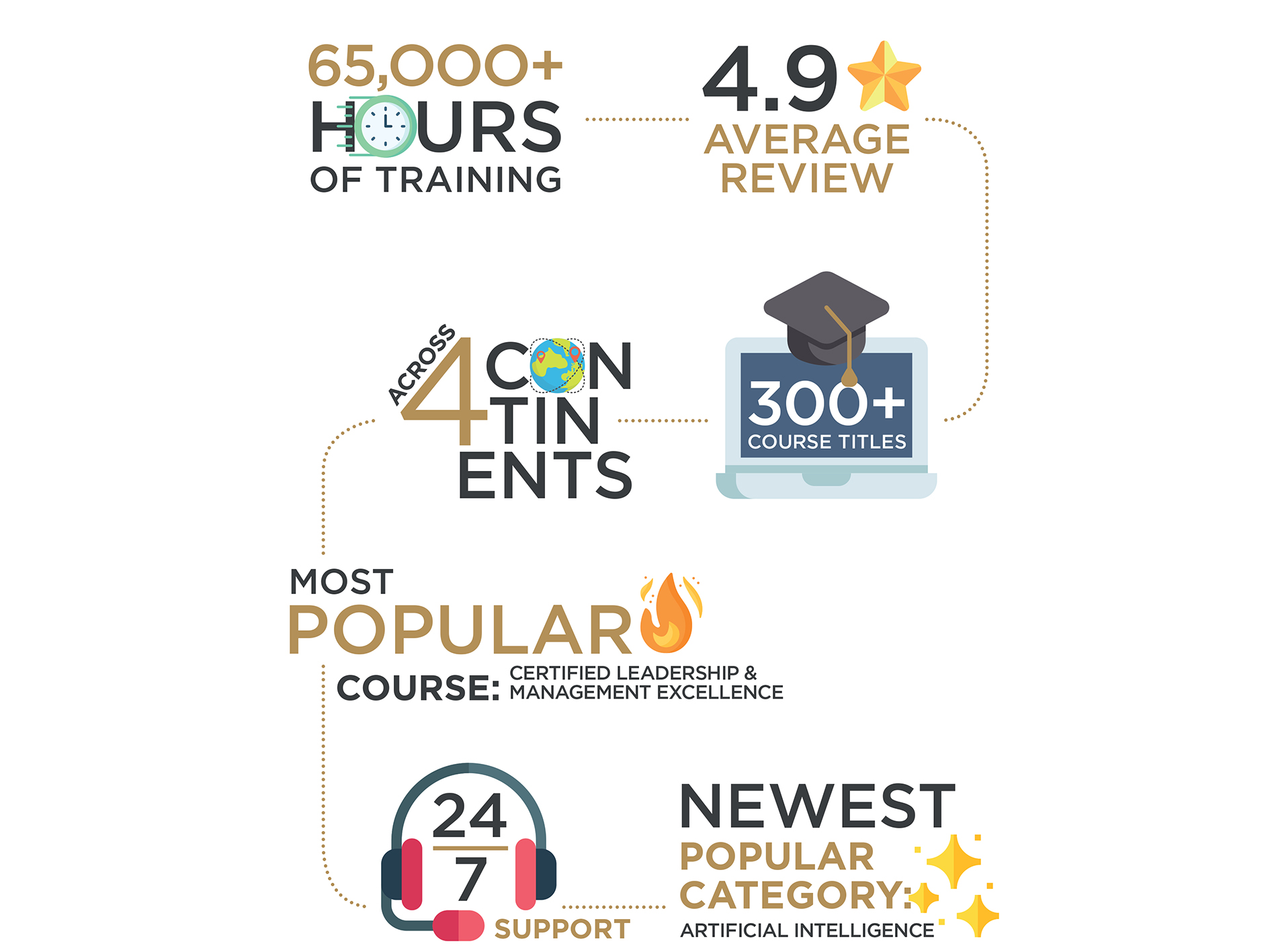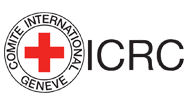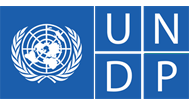In the world of business, the terms "leadership" and "project management" are often used interchangeably. However, they encompass distinct roles, skills, and responsibilities. While both are crucial for organisational success, understanding their differences is vital for enhancing team performance and achieving project goals.
Leadership: Inspiring and Guiding
Leadership is the art of inspiring, influencing, and guiding others towards a shared vision. Leaders focus on the big picture, providing direction and motivation. They create an environment where team members feel valued and empowered to contribute their best. Key attributes of effective leaders include:
- Visionary Thinking: Leaders set the vision and strategic direction, inspiring others to work towards common goals.
- Emotional Intelligence: They understand and manage their emotions and those of others, fostering a positive and productive work environment.
- Influence and Inspiration: Leaders motivate their teams through passion, persuasion, and setting an example.
Project Management: Planning and Execution
Project management, on the other hand, is the systematic process of planning, organising and controlling resources to achieve specific objectives within a defined timeline and budget. Project managers focus on the tactical aspects of a project, ensuring that all tasks are completed efficiently and within budget. Essential skills for project managers include:
- Planning and Scheduling: Developing detailed project plans, timelines and schedules to ensure tasks are completed on time.
- Resource Management: Allocating and managing resources, including people, budget and materials, to achieve project goals.
- Risk Management: Identifying potential risks and developing mitigation strategies to ensure project success.
Strategies for a High-Performing Team
Effective leadership and project management both play critical roles in enhancing team performance. Here are some strategies to improve team dynamics and productivity:
1. Set Clear Goals and Expectations
Defining clear, achievable goals and expectations ensures all team members understand their roles and responsibilities. Use SMART (Specific, Measurable, Achievable, Relevant, Time-bound) criteria to set objectives that guide the team's efforts.
2. Foster Open Communication
Encourage open, honest communication within the team. Regular check-ins, feedback sessions, and collaborative platforms like Slack or Microsoft Teams can help maintain transparency and address issues promptly.
3. Promote Collaboration and Teamwork
Create an environment that encourages collaboration and teamwork. Organise team-building activities and collaborative projects that require team members to work together, fostering a sense of unity and mutual support.
4. Provide Training and Development
Invest in continuous learning and development opportunities for your team. Offer training programmes, workshops, and seminars to enhance their skills and knowledge, keeping them engaged and motivated.
Actions to Achieve Project Management Success
Achieving project management success requires strategic planning, effective execution and continuous improvement. Here are key actions to ensure successful project delivery:
1. Define Project Scope and Objectives
Clearly define the project scope, objectives and deliverables at the outset. This includes outlining the project's purpose, goals and constraints, ensuring all stakeholders understand what needs to be achieved.
2. Develop a Detailed Project Plan
Create a comprehensive project plan that includes timelines, milestones, and resource allocation. Use project management tools like Microsoft Project, Trello or Asana to organise tasks, assign responsibilities and track progress.
3. Implement Risk Management Strategies
Identify potential risks early in the project and develop mitigation plans to address them. Regularly review and update the risk management plan to ensure it remains relevant and effective throughout the project lifecycle.
4. Monitor and Control Progress
Continuously monitor project progress against the plan. Use key performance indicators (KPIs) and regular status reports to track performance, identify deviations, and implement corrective actions as needed.
5. Engage Stakeholders
Maintain regular communication with all stakeholders to keep them informed and engaged. Hold regular meetings, provide updates, and solicit feedback to ensure stakeholder needs and expectations are met.
6. Conduct Post-Project Evaluation
After project completion, conduct a thorough evaluation to assess what went well and what could be improved. Gather feedback from team members and stakeholders, and document lessons learned to enhance future project management practices.
Conclusion
While leadership and project management are distinct, they are complementary in driving organisational success. Leaders inspire and guide their teams towards a vision, while project managers ensure that the tactical execution aligns with strategic goals.
You can also enrol in the Advanced Project Management for Senior Leaders: Converting Strategies into Actions training course by London Training for Excellence. You will understand the complementary roles of leadership and project management, then create a winning formula for project success.
Written by London Training for Excellence Team
All Courses
 Business Administration
Business Administration
 Chemical Engineering
Chemical Engineering
 Communications and Public Relations (PR)
Communications and Public Relations (PR)
 Compliance and Legal
Compliance and Legal
 Contract and Project Management
Contract and Project Management
 Customer Experience and Relationship Management
Customer Experience and Relationship Management
 Energy and Sustainability
Energy and Sustainability
 Finance and Accounting
Finance and Accounting
 Health, Safety and Environment
Health, Safety and Environment
 Human Resources and Talent Development
Human Resources and Talent Development
 Industrial Manufacturing and Production
Industrial Manufacturing and Production
 Innovation and Artificial Intelligence (AI)
Innovation and Artificial Intelligence (AI)
 Leadership and Management
Leadership and Management
 Oil and Gas
Oil and Gas
 Procurement & Supply Chain Management
Procurement & Supply Chain Management
 Quality and Productivity
Quality and Productivity
 Retail and E- Commerce
Retail and E- Commerce
 Sales and Marketing
Sales and Marketing
 Strategy and Business Planning
Strategy and Business Planning
 Sustainability and CSR
Sustainability and CSR
Learning Solutions
iLearn Blog
About Us
 Directory Calendar
Directory Calendar
 Contact Us
Contact Us
All Courses
 Business Administration
Business Administration
 Chemical Engineering
Chemical Engineering
 Communications and Public Relations (PR)
Communications and Public Relations (PR)
 Compliance and Legal
Compliance and Legal
 Contract and Project Management
Contract and Project Management
 Customer Experience and Relationship Management
Customer Experience and Relationship Management
 Energy and Sustainability
Energy and Sustainability
 Finance and Accounting
Finance and Accounting
 Health, Safety and Environment
Health, Safety and Environment
 Human Resources and Talent Development
Human Resources and Talent Development
 Industrial Manufacturing and Production
Industrial Manufacturing and Production
 Innovation and Artificial Intelligence (AI)
Innovation and Artificial Intelligence (AI)
 Leadership and Management
Leadership and Management
 Oil and Gas
Oil and Gas
 Procurement & Supply Chain Management
Procurement & Supply Chain Management
 Quality and Productivity
Quality and Productivity
 Retail and E- Commerce
Retail and E- Commerce
 Sales and Marketing
Sales and Marketing
 Strategy and Business Planning
Strategy and Business Planning
 Sustainability and CSR
Sustainability and CSR
Learning Solutions
iLearn Blog
About Us
 Directory Calendar
Directory Calendar
Contact Us














































 Course Venue
Course Venue